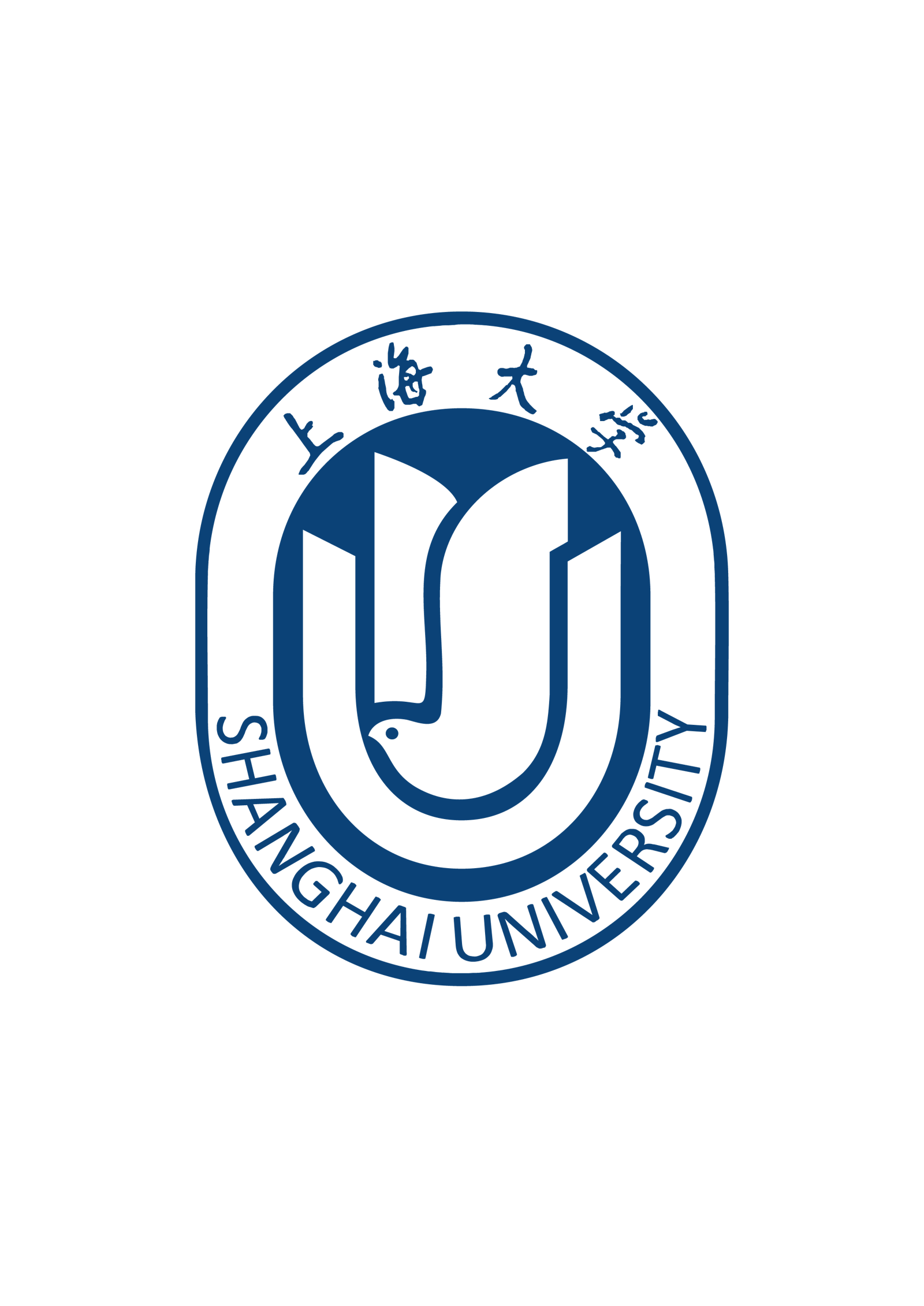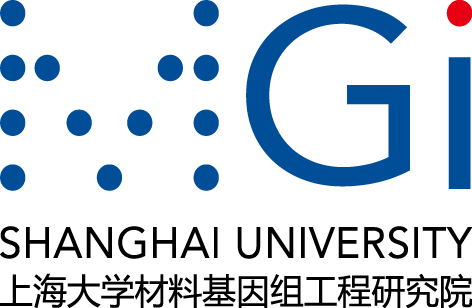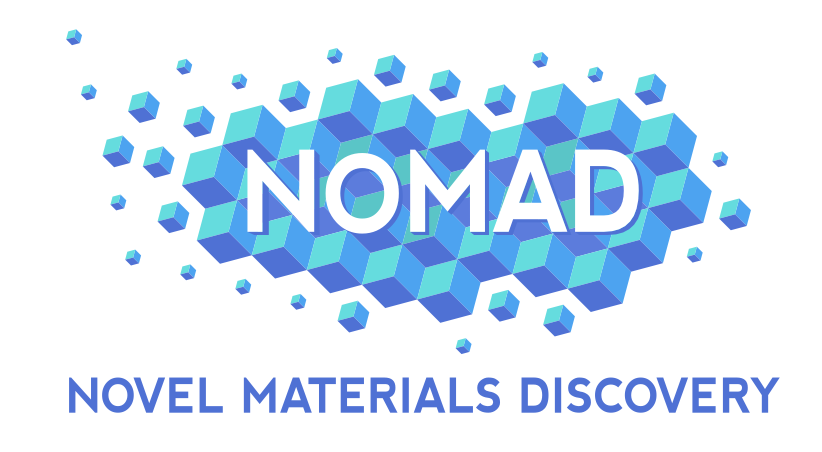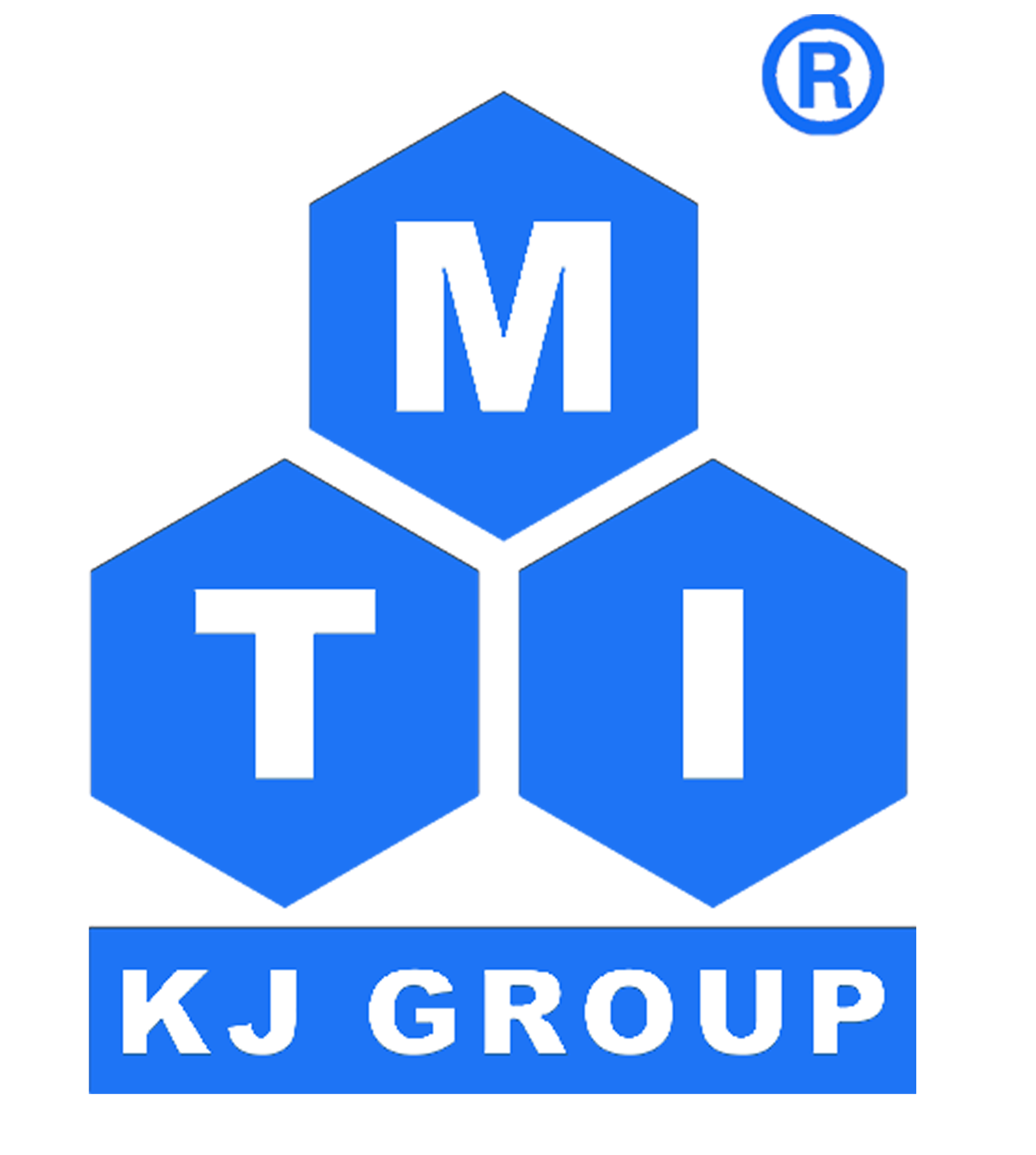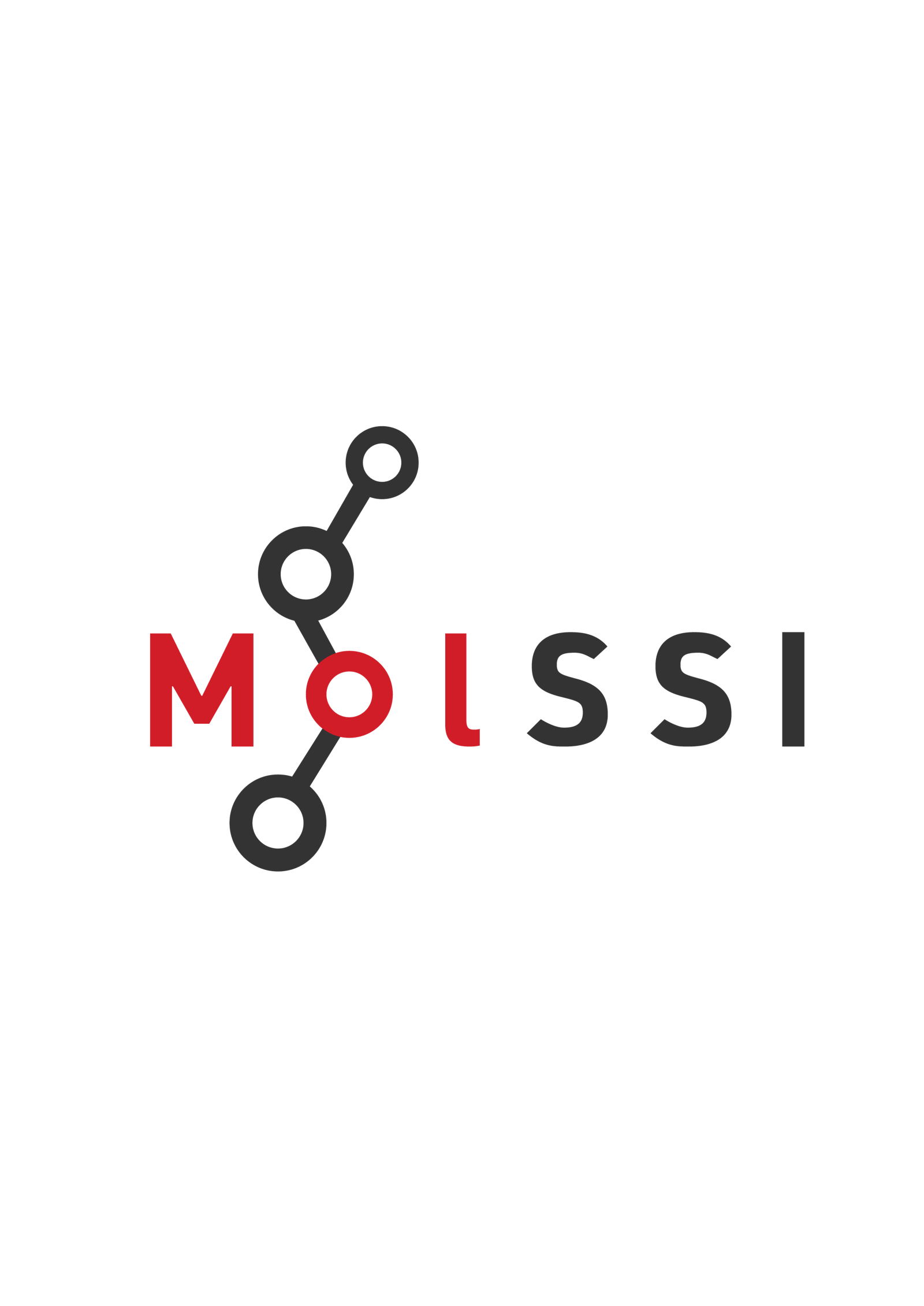Finding Descriptors of Catalytic Properties from Data for Catalyst Design
with the Help of Artificial Intelligence
Sergey V. Levchenko1*
1Center for Energy Science and Technology, Skolkovo Institute of Science and Technology, Moscow, Russia
*Corresponding Author: s.levchenko@skoltech.ru
Activity and selectivity of a catalyst are in general difficult to predict, in particular from first principles. The problem lies in the extreme complexity of the relation between the atomic composition of a material and its catalytic properties. We demonstrate how to bridge this complexity with artificial intelligence (AI) on two examples.
Single-atom metal alloy catalysts (SAACs) have recently become a very active frontier in catalysis research. However, discovery of new SAACs is hindered by the lack of fast yet reliable methods for predicting catalytic properties of the sheer number of candidate materials. We address this problem by applying the compressed-sensing symbolic-regression approach SISSO1,2 parameterized with density-functional inputs. We identify more than two hundred yet unreported candidates3, some of which are predicted to exhibit higher stability and efficiency than the reported ones. Our study demonstrates the importance of finding descriptors directly from data
Moreover, using subgroup discovery, an AI approach that discovers statistically exceptional subgroups in a dataset, we develop a strategy for identification of combinations of most important parameters of a catalytic material. The approach is used to develop physical understanding of hydrogen activation at SAAC's, and design novel electrocatalysts for oxygen evolution reaction based on transition-metal-organic frameworks4.
Keywords: DFT, compressed-sensing, subgroup discovery, catalysis, single-atom alloy catalyst, oxygen evolution reaction
References
1. Ghiringhelli, L. M. et al.. “Big Data of Materials Science: Critical Role of the Descriptor” Phys. Rev. Lett. 2015, 114, 105503.
2. Ouyang, R. et al.. “SISSO: A Compressed-Sensing Method for Identifying the Best Low-Dimensional Descriptor in an Immensity of Offered Candidates” Phys. Rev. Mater. 2018, 2, 083802.
3. Han, Z. et al.. “Single-atom alloy catalysts designed by first-principles calculations and artificial intelligence” Nat. Comm. 2021,12, 1833.
4. J. Zhou et al.. “Interpretable Data-Driven Descriptors for Establishing the Structure-Activity Relationship of Metal-Organic Frameworks Toward Oxygen Evolution Reaction” Ang. Chem. Int. Ed., e202409449. This work was supported by Ministry of Science and Education of Russia, agreement RF-2251.63222X0004 (13.2251.21.0194, 075-10-2022-119).
Dr. Runhai Ouyang (DCTMD2024@163.com)
